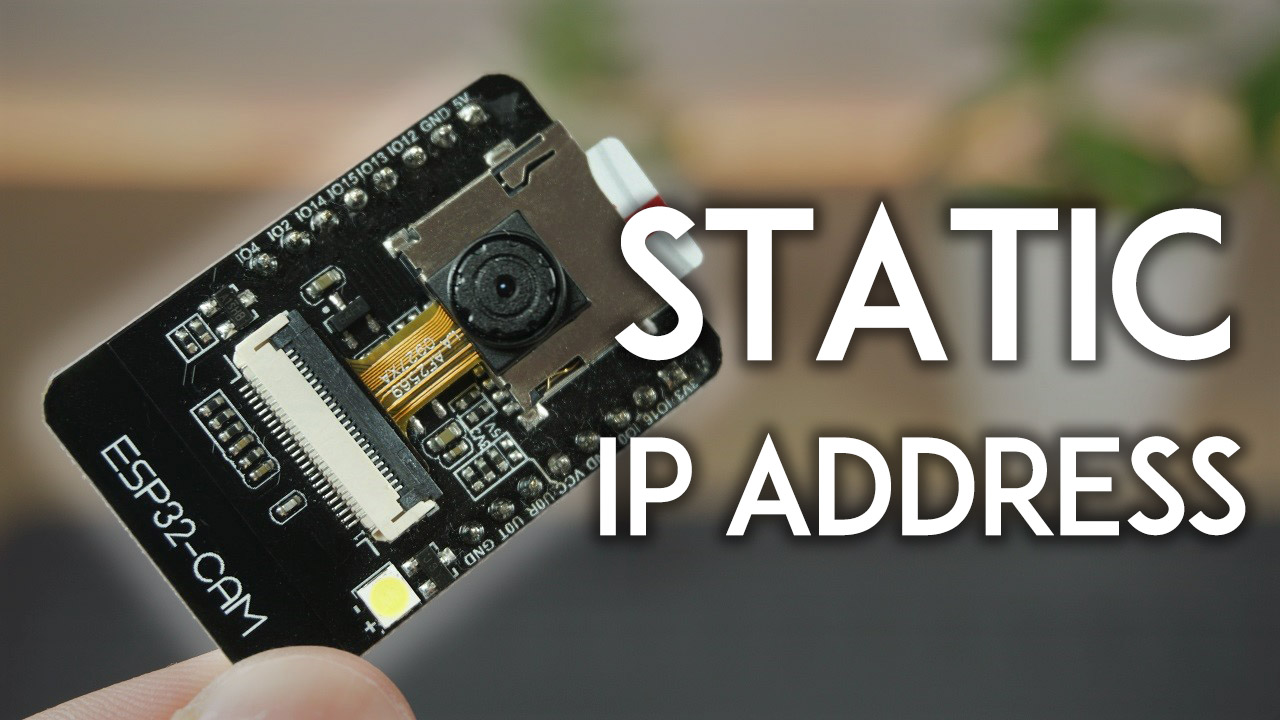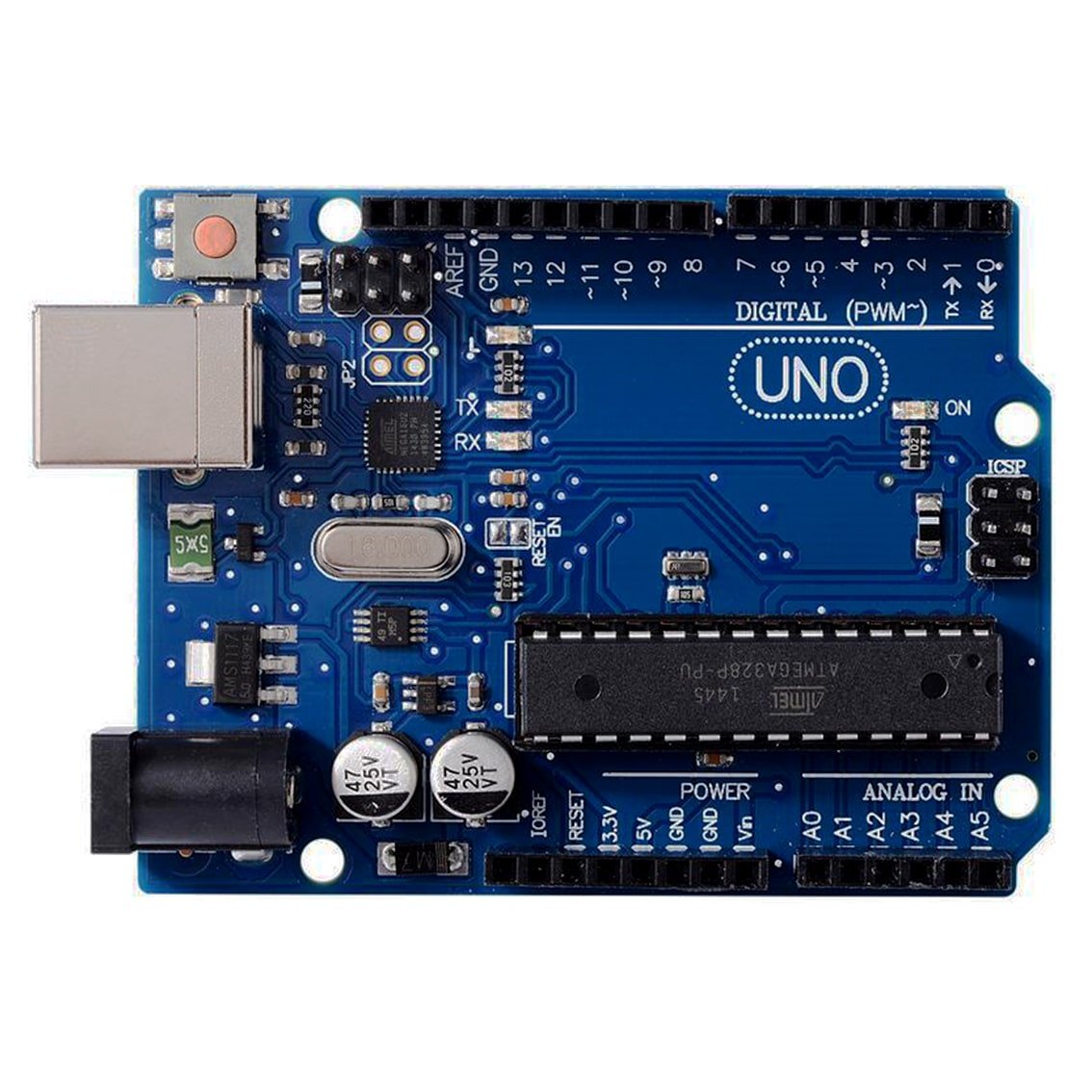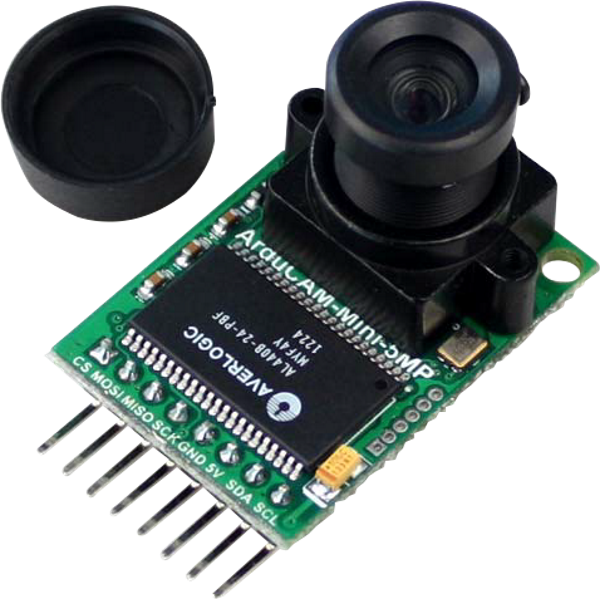

S2, near to the micro USB connector, is the Display Serial Interface (DSI). Note that, in Raspberry Pi, there are two flexible Flat Cable (FFC) connectors (S2 & S5). The 15-pin Raspberry Pi CSI interface connector pinout is also included here to help you to keep proceed with your tinkering ideas. Luckily, most of the mobile phone cameras are not only MIPI compliant but also CSI compliant (see the first part of this article). As you may noted, the camera module on this official Raspberry Pi camera board is identical to the camera modules (ccd imagers) found in many mobile phones. It does this through a 15-pin ribbon cable, also known as flexible flat cable (FFC), and connects to the surface mount ZIF 15 socket in the Raspberry Pi board. The Raspberry Pi camera board transfers data through an extremely fast camera serial interface (CSI-2) bus directly to the system-on-chip (SoC) processor. If you want to leap into the future of amazing possibilities, have a look at the documentation: As I am a newbie in the Raspberry Pi world, I haven’t drudged enough into all features and capabilities of my borrowed Raspberry Pi (and the camera module). Once you are connected,enable the camera software, test the camera and try using it with Bash or Python. While connecting the camera module to the CSI port (located behind the Ethernet port) of the Raspberry Pi board,ensure that camera cable is inserted in right way, ie the blue strip in the flexible cable is towards the Ethernet (LAN) port. This CSI is directly connected to the Raspberry Pi GPU which can process images without ARM intervention. The one closer to Ethernet connector is Camera Serial Interface (CSI ). One is between Ethernet and HDMI, and the other is near GPIO. Raspberry PI comes with two first-rate connectors on board. It is easy to use for novices, but has plenty to offer advanced users looking to expand the knowledge. This Raspberry Pi camera module can be used to take high definition video, as well as stills photographs.

At the heart of the OV5647 camera module is a 1/4” color CMOS QSXGA (5 megapixel) image sensor with OmniBSI ™ technology. Part number of the camera module (from OmniVision) is OV5647.

The camera, comes with a ribbon cable already attached to it,is a small size (25mm x 20mm x 9mm) board where a fixed focus 5MP camera module is attached. Recently I’ve received a Raspberry Pi camera board. Since this calls for an appropriate microcontroller, it is better to use Arduino or Raspberry Pi microcontroller as a utile platform. Yes,we learned that we can take mobile phone camera modules from almost all mobile phones to inteface them with our advanced hobby electronics projects just as with any other standard add-on modules.


 0 kommentar(er)
0 kommentar(er)
